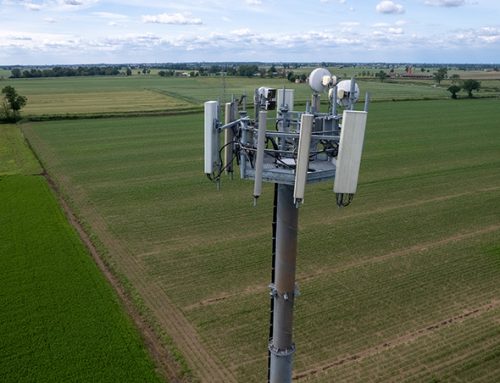The implementation of Telco Cloud is revolutionizing the way telecom service providers used to operate. It enables increased agility, cost-effectiveness, and improved network scalability, making it a critical aspect of modern-day networking. However, it is a complex process that involves multiple components like compute, storage, operating system, hypervisor, virtualization and more. The Transition not just involve partnering with right solution providers or buying expertise but gaining a practical knowledge in Telco Cloud Technology is more important and still not easily accessible.
To implement a Telco Cloud, it is essential to identify the right composition and infrastructure required based on the desired performance of the actual use case at hand. For example, DCN, switching fabric, and security all have different requirements, and the flexibility of the virtualized platform is critical for the success of the project.
Another critical factor to consider is security, including peripheral security, virtual security, and VNF security. Designing a right security model is a significant challenge, but it is crucial for ensuring the integrity of the network.
Interoperability is another critical aspect of Telco Cloud implementation and thus requires cautious steps for identifying right vendor mix to avoid performance flaws. Different physical and virtual network functions have different infrastructure requirements, which needs to be integrated with management and orchestration platform for unified management before onboarding tenants / applications like SDWAN, 5G network splicer, optical SDN controller, broadband network gateway, etc. Following standards like ETSI for interoperability, while it is complex, makes the Telco Cloud more adaptable for future requirements.
Looking to the future, the legacy network is already migrating towards virtualization, to address changing customer requirements, and for optimizing Capex and Opex by means of flexibility to adopt Open Network Architecture, avoiding vendor locked solutions. Virtualization, though it is not new, we can say that this is a beginning as new technologies in Industry 4.0 indicates the future trends like edge computing and 5G, Edge computing, programmable transport, network slicing, cloud native (Kubernetes / Docker), AI/ML-based automation demands network virtualization at every layer and that calls out for need of speed for operators to offer services and platforms to enable their end customers digitization journey.
In conclusion, implementing and managing an efficient virtualized network environment requires strong multi-tech, multi-OEM skill sets along with appropriate understanding of Open Networks Standards. Services associated with the migration and delivery of telco network workloads to a Telco cloud includes planning, specification, and design of systems, architectures, and roadmaps/plans. Despite the initial hesitation due to the complexity involved, the benefits of Telco Cloud make it a critical aspect of modern-day networking.
TCTS (Telecom Cloud Technology Services) can play a crucial role in helping with the development, customization, implementation, and management of a Telco Cloud for both bespoke and off-the-shelf solutions. TCTS can provide expert support and services bringing in-depth knowledge of telecom technologies and infrastructure, helping with the selection of the right components, and ensuring the proper implementation of the Telco Cloud. TCTS can help with project management, provide guidance for security and interoperability, on-going maintenance, and support to ensure the smooth functioning of the Telco Cloud, even after its implementation.
By leveraging TCTS expertise, telecom service providers can minimize the risks associated with Telco Cloud implementation and ensure that their network is optimized for performance, cost-effectiveness, and scalability.






















![Telco Cloud: A Key Enabler to Telco Transformation [Part 1]](https://www.tatacommunications-ts.com/wp-content/uploads/2023/06/Telco-Cloud-blog_image-1-500x383.png)







